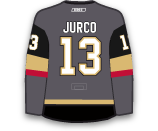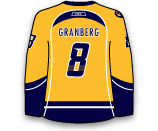Robinson, 25, has picked up three goals and four assists (seven points) in 18 games with Binghamton this season. The 6-foot-6, 232 lbs. forward has one goal and one assist in three career NHL games.

Robinson, 25, has picked up three goals and four assists (seven points) in 18 games with Binghamton this season. The 6-foot-6, 232 lbs. forward has one goal and one assist in three career NHL games.

Mayfield picked up two assists in 14:22 TOI on Wednesday, but with Dennis Seidenberg returning from IR on Thursday, Mayfield was a healthy scratch and has been sent back to Bridgeport.

Blidh, 21, was a sixth round pick (180th overall) in 2013 and was recalled after posting nine points (5G / 4A) in 19 games with Providence. Blidh will travel to Buffalo and could make his NHL debut on Saturday.

Carey, 28, had no points in one game with the Capitals. He returns to Hershey, where he collected 14 points (5G / 9A) in 16 games earlier in the season. Jakub Vrana will take Carey’s spot on the roster.
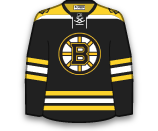
Vrana was recalled from Hershey (AHL) on Wednesday after posting nine goals and seven assists (16 points) in 18 AHL games. The 20-year-old forward was selected 13th overall in 2014 and will make his NHL debut on the Capitals’ second line tonight. Vrana has picked up 25 goals and 30 assists (55 points) in 57 career AHL games.

Salomaki has been on IR since getting hurt in the Predators second game of the season. Salomaki will head to Milwaukee to get back up to game speed before rejoining the Predators lineup.
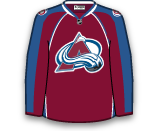
Bournival, 24, has picked up five goals and six assists (11 points) in 17 games with Syracuse. He has collected 10 goals and nine assists (19 points) in 89 career NHL games with the Canadiens—his recall is likely related to Ryan Callahan’s injury.
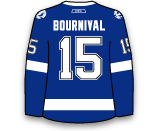
Vermin, 24, has picked up six goals and five assists (11 points) in 17 games with Syracuse this season. Vermin has one assist in six career NHL games, his recall is likely related to Ryan Callahan’s injury.

One day after being sent to Bakersfield, Fayne has been recalled because Eric Gryba was moved to IR. There’s no word whether or not Fayne will draw back into the lineup on Thursday.
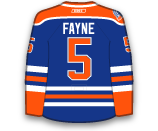
Fayne only appeared in one game with the Oilers this season and was beat out by Matt Benning, so he heads back to Bakersfield. Sending him to the AHL clears some salary space for the Oilers.

Hammond has gone 0-2-0 with a 2.56 GAA and .907 SV% in two starts with Binghamton since being sent down, but rejoins the team because Craig Anderson is expected to leave the team again and be with his wife.
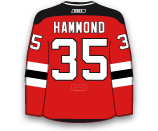
Pulock has been sidelined since his season debut on October 21st and will head to Bridgeport to get back up to speed before likely returning to the Islanders. The 22-year-old blueliner has two goals and two assists (four points) in 16 career NHL games.

With Jordan Staal sidelined indefinitely with a concussion, the Hurricanes have brought Di Giuseppe back from the AHL. Di Giuseppe failed to record a point in 11 games with the Hurricanes earlier this season, but played well in Charlotte, collecting seven points (2G / 5A) in eight games.

Biega has appeared in one NHL and one AHL game this season, failing to record a point in each. Biega has picked up just eight points (1G / 7A) in 59 career NHL games. With Alex Edler out for at least one month, Biega is expected to draw into the lineup on Tuesday.
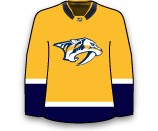
Pouliot failed to pick up a point during his three-game conditioning stint with Wilkes-Barre/Scranton. Pouliot returns to Pittsburgh, where he has no points in one game this season, but has picked up 14 points (2G / 12A) across 57 career NHL games.

Wagner, 25, didn’t play for the Ducks on Saturday, but went to San Diego for Sunday’s game and picked up a goal and two assists. He returns to Anaheim, where he has two goals in 19 games this season.

Theodore, 21, has split his season between the AHL and NHL and has been a yo-yo for the Ducks so far. Theodore has picked up seven assists in nine games with San Diego and one assist in eight games with the Ducks.

Wood, 21, was a fourth-round pick (100th overall) in 2013. The American-born winger has picked up three goals and three assists (six points) in 14 games with Albany. Wood will be at practice on Monday and could make his season debut this week.

Jurco missed the start of the season with a back injury, but went to Grand Rapids for a two-game conditioning stint on the weekend and he picked up one goal and one assist. With Tyler Bertuzzi going on IR, Jurco has been recalled and could be in the lineup on Tuesday.
